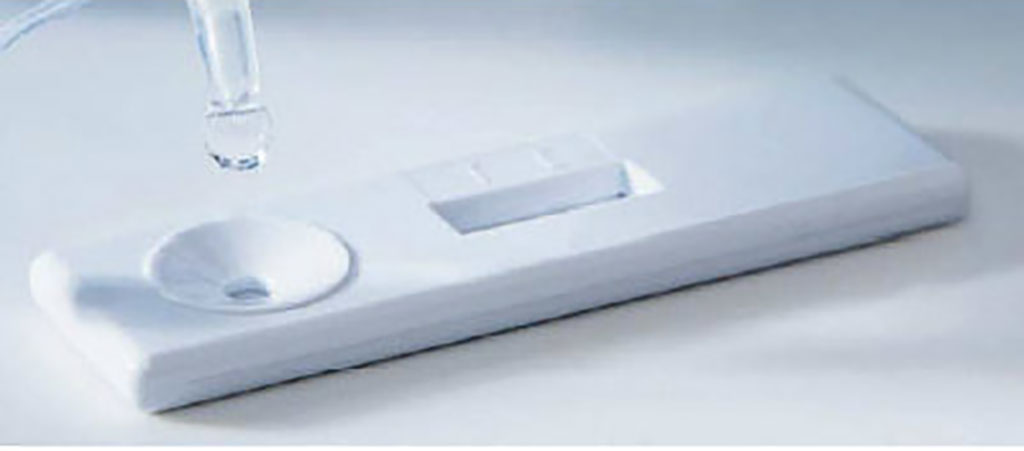Rapid Antigen Testing for SARS-CoV-2 Could Effectively Control COVID-19 Outbreak, Finds Study
By LabMedica International staff writers
Posted on 30 Aug 2021
Rapid COVID-19 antigen tests that permit new cases to isolate immediately can be important surveillance tools and effectively control COVID-19 outbreaks, according to a longitudinal comparison between antigen tests performed at home and quantitative real-time polymerase chain reaction (qRT-PCR).Posted on 30 Aug 2021
Researchers at E25Bio, Inc. (Boston, MA, USA), LabCentral, Inc. (Boston, MA, USA), Harvard T. H. Chan School of Public Health (Boston, MA, USA), Mount Sinai School of Medicine (New York, NY, USA), and BioInnovation Labs, LLC (Cambridge, MA, USA) sought to validate the effectiveness of direct antigen rapid tests (DARTs) and to test whether at-home testing with DART could prevent the spread of SARS-CoV-2 in a co-working environment. The team conducted a study of high-frequency testing using inexpensive, at-home, semi-quantitative, DARTs and compared their performance with that of qRT-PCR on self-collected nasal specimens.

Illustration
For the study, a total of 257 participants were enrolled who self-collected nasal swab specimens twice weekly at home during a six-month period. DART was performed at home, and the findings were compared with laboratory qRT-PCR tests. A total of 2,951 pairs of nasal swabs were self-collected by participants and tested by qRT-PCR and DART. The researchers found that that twice-weekly surveillance with DART detected infections in 15 individuals, with 96.3% sensitivity on days 0 through 3 of symptoms. Detection on day 3 is almost as effective as detection on day 1 for reducing the incidence of COVID-19, if 75% of a population is surveilled. The prevalence of disease dictates the frequency of testing and its effectiveness for controlling potential outbreaks.
COVID-19 outbreak management has been hindered by high transmission rates and limitations in testing capacity. Effective public health tools are needed for rapid and early detection. The current diagnostic standard is qRT-PCR, although its cost and long turnaround times limit its utility for widespread surveillance. However, frequent at-home testing with DART allows infected individuals to be identified and quarantined immediately. Such surveillance can prevent viral transmission in in-person work environments or other social settings, effectively controlling COVID-19 outbreaks, according to the researchers.
Related Links:
E25Bio, Inc.
LabCentral, Inc.
Harvard T. H. Chan School of Public Health
Mount Sinai School of Medicine
BioInnovation Labs, LLC









 Analyzer.jpg)



